Hotel Marketing and Distribution Performance: Your Go-To Guide for Boosting Revenue
Aug 16, 2025
 Mika Takahashi
Mika TakahashiPopular Categories
Hotel Technology & InnovationHotel Operations OptimizationDigital MarketingIndustry TrendsRevenue ManagementHospitality Industry
Popular Categories
Trending Post
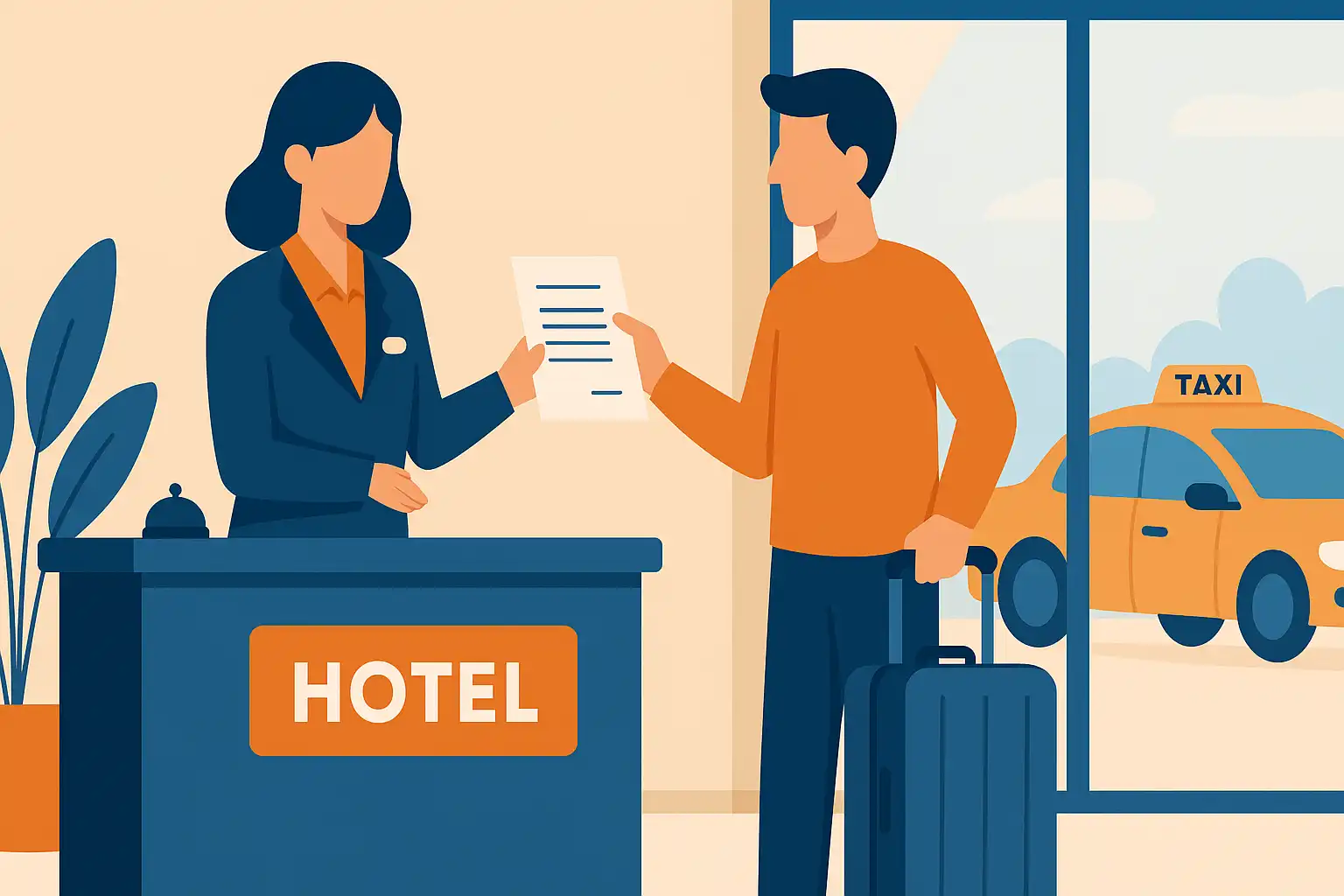
Hotel Walk Letter Template: Professional Guest Communication
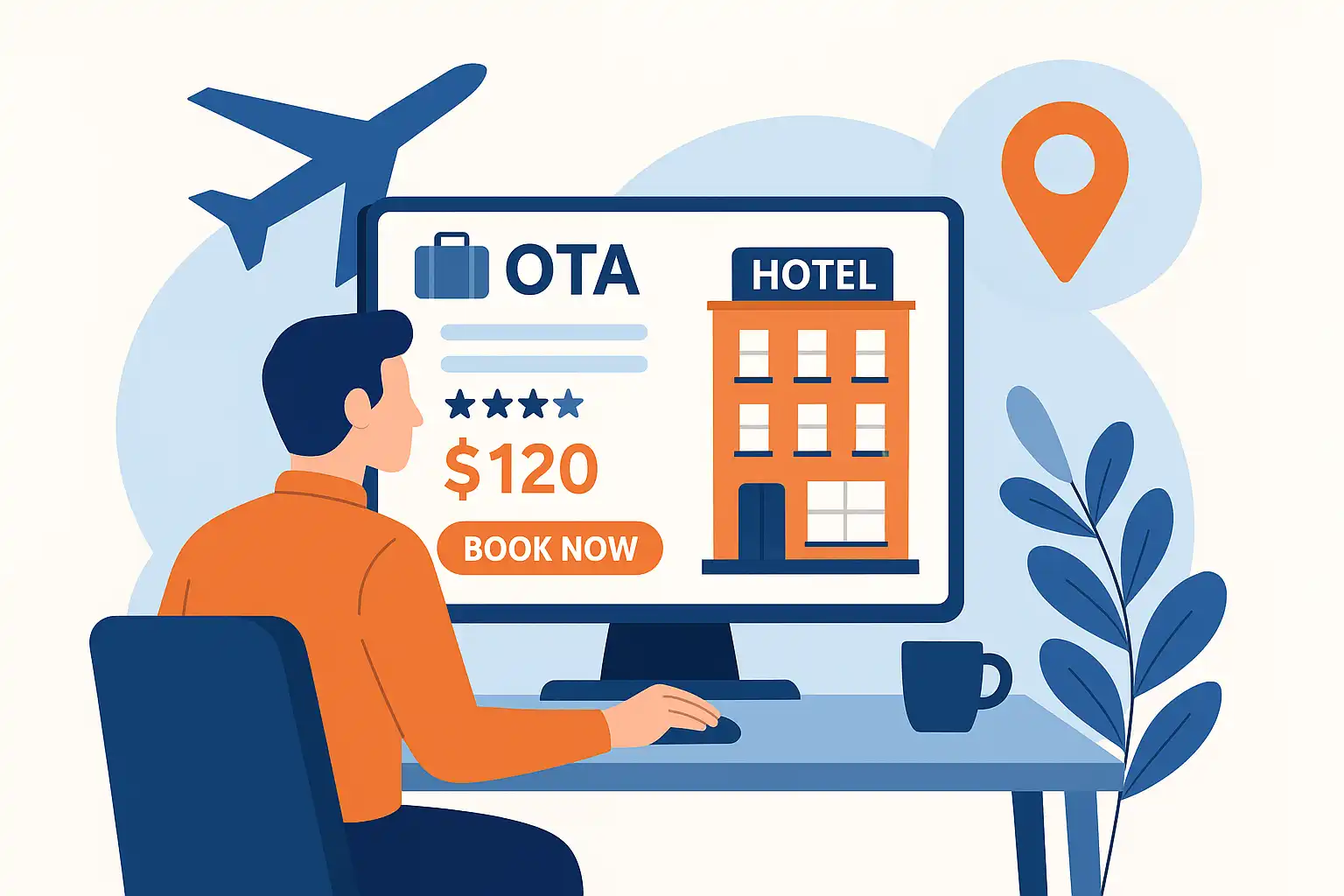
Online Travel Agents: What They Are and How They Work
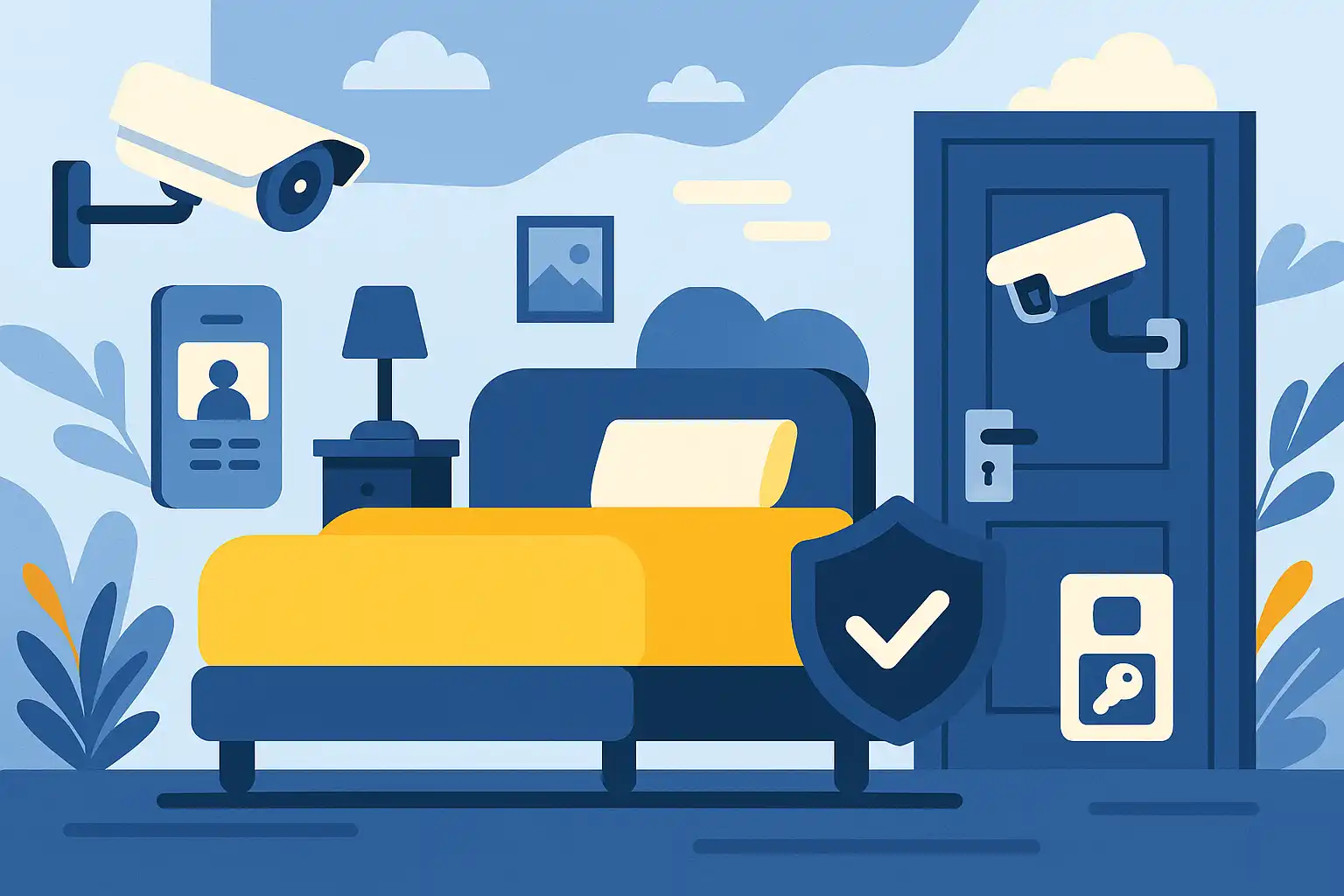
Hotel Security Systems: Modern Protection Solutions

Hotel Advertising: Complete Guide to Boost Bookings and Revenue
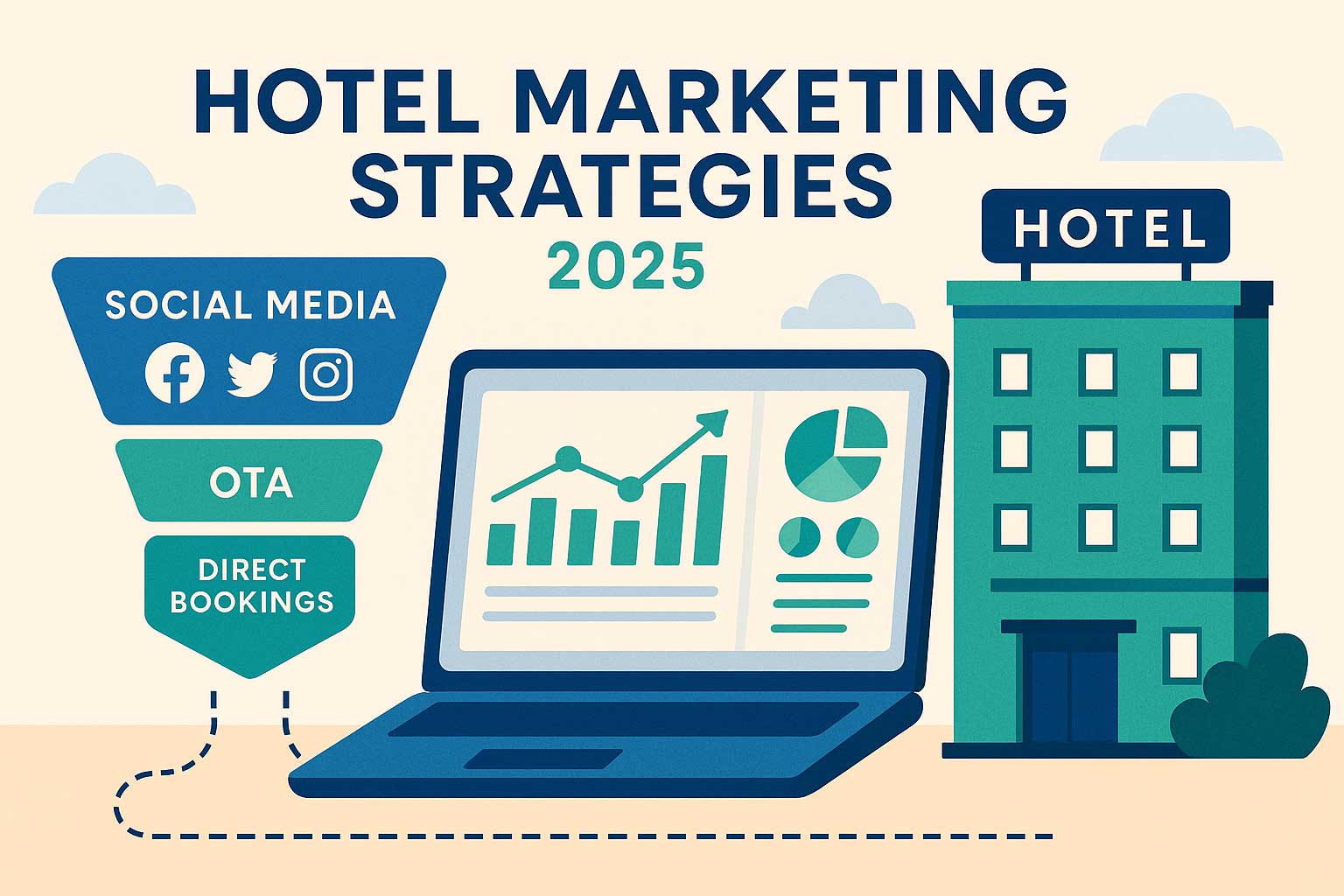
25 Hotel Marketing Strategy Ideas for 2025: Complete Guide

AI Reservation Agent: Revolutionizing Hotel Booking and Guest Experience

PMS Communication: Streamlining Property Management Through Effective Guest Messaging
Table of contents
In today’s fiercely competitive hospitality world, attracting guests is just as important as offering them an unforgettable stay. Getting a handle on your hotel marketing and distribution performance can be the game-changer that pushes your business toward higher profits and steady growth.
This all-in-one guide walks you through how to measure, improve, and expand your marketing efforts across various distribution channels. From figuring out your true customer acquisition costs to fine-tuning your channel mix for better marketing ROI, you’ll find practical tips and industry benchmarks to help take your hotel’s performance to the next level.
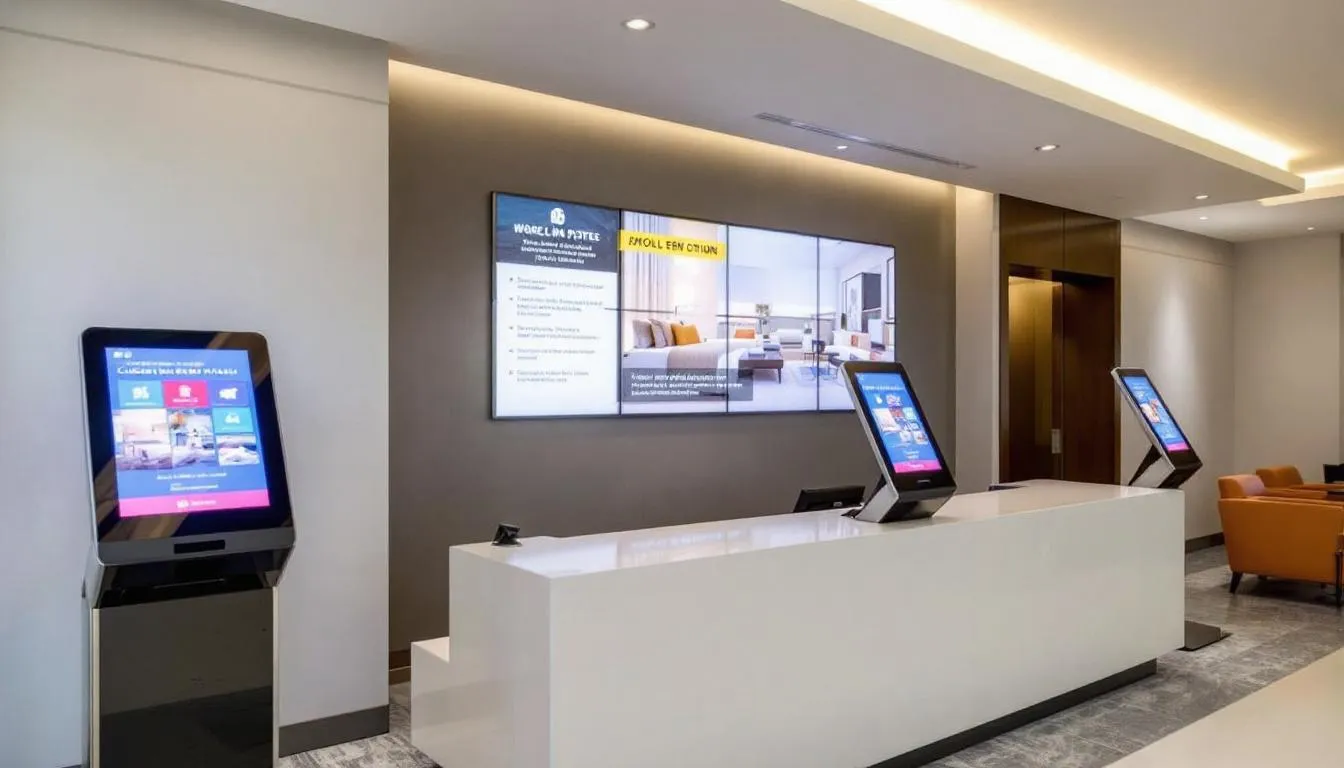
What Exactly Is Hotel Marketing and Distribution Performance?
Simply put, hotel marketing and distribution performance is about how effectively your hotel turns potential guests into paying customers through your marketing strategies and distribution channels — all while maximizing your profits. It’s not just about counting bookings but understanding which channels deliver the best return after factoring in all the costs involved.
This performance metric looks at how well your marketing dollars convert into profitable bookings by analyzing customer acquisition costs, booking conversion rates, and customer lifetime value across your channels.
The connection between marketing ROI and the profitability of your distribution channels is the foundation of smart hotel revenue management. A channel that brings in tons of bookings isn’t necessarily valuable if it doesn’t generate solid net profits after commissions, marketing spend, and operational costs.
Keep an eye on these key performance indicators (KPIs):
- Customer Acquisition Cost (CAC): The total cost to bring in a new guest
- Revenue Per Available Room (RevPAR): A measure of revenue efficiency
- Booking Conversion Rates: How well your channels turn visitors into bookers
Today’s hotel marketing understands that guests interact with multiple touchpoints before booking. For example, a traveler might browse on an OTA but complete the booking directly on your hotel website. Using advanced tracking and attribution models is essential to accurately measure revenue from each channel and identify which marketing efforts truly drive bookings and long-term revenue.
Getting to Know Customer Acquisition Costs in Hotel Marketing
Customer Acquisition Cost (CAC) covers everything you spend to turn a potential guest into an actual booking. This includes marketing costs, distribution fees, and operational expenses tied to the booking process. Knowing your CAC inside out is crucial for assessing channel profitability and making smart decisions about your hotel marketing budget.
Industry data shows CAC usually falls between 15-25% of room revenue, but this varies depending on your hotel’s segment, location, and distribution approach. Luxury hotels often face higher CAC because guests take longer to decide and do more research, while budget hotels might keep costs lower by focusing on simple bookings and price-driven marketing.
To calculate CAC, you need to track all expenses related to guest acquisition, such as:
- Advertising spend
- Salaries for sales and marketing teams
- Technology and software costs
Many hotels miss the mark on true CAC by forgetting to include operational overhead and the full tech stack behind marketing and distribution.
Costs can differ widely between channels. Direct bookings on your hotel website might cost as little as 3.5% of the booking value after factoring in payment processing, website upkeep, and marketing. On the other hand, OTAs charge commissions ranging from 15-25%, while metasearch engines and social media costs fluctuate based on competition and targeting.
It’s also important to consider the lifetime value of guests you acquire through each channel. OTA bookings might be pricier upfront but can bring first-time guests who later book directly. Guests who book directly often show stronger loyalty and more repeat visits, making direct marketing investment worthwhile.
Commission and Transaction Fees by Channel
OTA commissions make up the biggest chunk of customer acquisition costs for many hotels. Platforms like Booking.com and Expedia typically charge 15-25% of the booking value, with rates influenced by hotel location, property type, booking volume, and contract terms.
Additional fees may come from premium placements, sponsored listings, or flash sales, sometimes pushing total OTA booking costs above 30%.
Global Distribution Systems (GDS) and traditional travel agent commissions usually hover around 10%, offering a more cost-effective choice for some markets. Corporate travel often flows through GDS channels, connecting hotels with business travelers who tend to bring higher value at lower distribution costs.
Metasearch platforms such as Google Hotel Ads and Trivago work on pay-per-click models, charging $1-3 per click depending on competition and seasonality. While clicks might seem cheap, actual cost per booking varies widely based on conversion rates, which typically range from 2-8%.
Direct bookings come with payment processing fees (usually 2.5-3.5%), website maintenance, booking engine licenses, and marketing expenses. When you add it all up, direct bookings often have the lowest acquisition cost, making website optimization and direct marketing campaigns a smart investment.
| Channel Type | Typical Cost Range | Additional Fees | Conversion Rate |
|---|---|---|---|
| Direct Bookings | 3.5-7% | Payment processing, website costs | 2-5% |
| Major OTAs | 15-25% | Promotional fees, premium placement | 3-8% |
| GDS/Travel Agents | 8-12% | Transaction fees | 5-12% |
| Metasearch | $1-3 per click | Bidding premiums | 2-8% |
| Social Media | $1-5 per click | Creative production | 1-4% |
Marketing and Advertising Expenses
Digital marketing costs cover paid search (SEM), social media ads, email campaigns, and content creation. Hotels usually allocate 3-8% of total revenue to these efforts. Search engine marketing, including Google Ads and Bing, often grabs the biggest slice due to stiff competition for hospitality keywords.
Social media advertising costs vary by platform and audience targeting. For example:
- Facebook and Instagram ads typically cost $1-2 per click
- LinkedIn ads are pricier, around $3-8 per click, but target business travelers and event planners effectively
Don’t forget staff costs for sales and marketing teams, revenue managers, and reservation specialists — these add a significant but often overlooked chunk to customer acquisition expenses. Salaries, benefits, and training for these roles must be included for an accurate CAC.
Technology costs include booking engine licenses, channel manager subscriptions, CRM systems, and analytics tools. For mid-sized hotels, these can range from $2,000 to $10,000 monthly, making up 1-3% of total revenue depending on sophistication.
Marketing budgets vary by segment. Luxury hotels spend heavily on brand marketing and content creation, while budget hotels focus on performance marketing and direct response ads. Independent hotels often find better ROI by emphasizing local search optimization and community engagement instead of competing on expensive national keywords.
How to Measure Marketing ROI Across Your Distribution Channels
Marketing ROI shows how much return you get from your hotel marketing efforts. The basic formula subtracts marketing costs from revenue generated, then divides by total marketing spend. Hotels with well-tuned marketing often see ROI ratios between 5:1 and 10:1 across their channels.
Calculating ROI in hotel marketing isn’t straightforward because guests interact with multiple touchpoints and have different booking windows. For example, a traveler might first see an OTA ad but book directly later, which complicates attribution.
To get a clearer picture, channel-specific ROI calculations should consider the whole customer journey, including assisted conversions where research and booking happen on different platforms. Direct booking ROI can look artificially high without proper attribution since many direct bookings start with exposure on OTAs or paid ads.
Attribution models help assign credit to channels:
- First-click attribution gives credit to the initial touchpoint
- Last-click attribution credits the final interaction
- Linear attribution spreads credit evenly across all touchpoints
- Time-based attribution weighs touchpoints closer to booking more heavily, recognizing their bigger influence
Top hotels use data-driven attribution powered by machine learning. These models analyze thousands of customer journeys to assign conversion credit based on historical data, offering nuanced insights into channel effectiveness.
Industry benchmarks suggest well-managed hotel marketing programs achieve overall marketing ROI from 6:1 to 12:1. Direct marketing often outperforms third-party channels. For example, email marketing for hotels can return $36 for every $1 spent, highlighting how valuable retention is compared to new guest acquisition.
Getting the Most from Direct Booking Performance
Direct bookings usually bring in 10-20% higher profit margins than OTA bookings because they avoid commissions and allow for upselling and collecting guest data. Hotels that excel at direct bookings often see 40-60% of their reservations come from direct channels, reducing reliance on costly third parties.
Here are some key ways to boost direct bookings:
- Optimize your website for conversions with mobile-responsive design — mobile devices account for 60-70% of booking research and 35-50% of bookings
- Speed up page load times — every extra second can cut conversions by 7%
- Use advanced booking engines that let guests pick rooms, add amenities, and customize stays, increasing average booking value by 15-25%
- Focus on hotel SEO targeting high-intent traveler searches — the top three organic search results get 60% of clicks
- Automate email marketing to encourage repeat bookings with segmented campaigns that achieve open rates of 25-35% and click-through rates of 4-8%
- Manage rate parity to ensure your direct booking prices match or beat OTAs, and offer exclusive perks like upgrades or free Wi-Fi
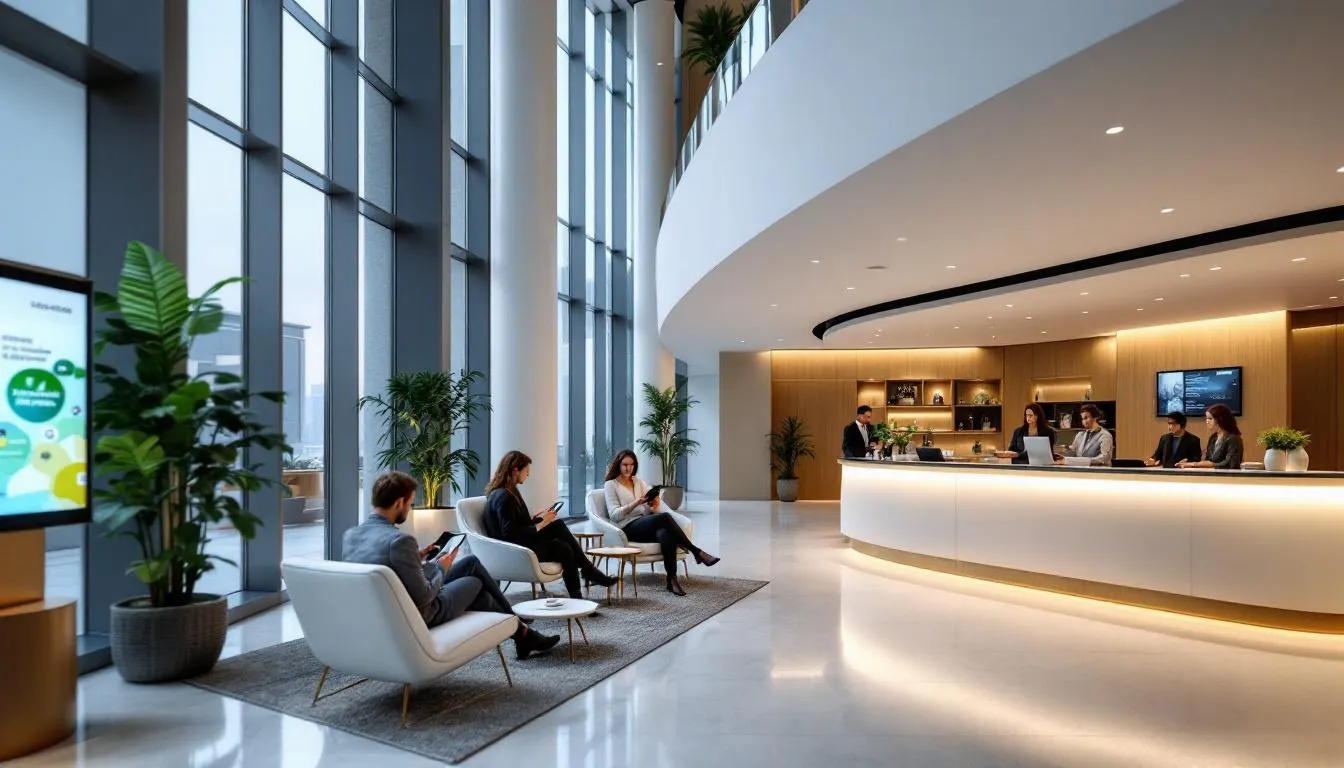
Evaluating OTA and Third-Party Channel Performance
Online Travel Agencies (OTAs) such as Booking.com and Expedia provide vast market exposure and powerful marketing tools but come with steep commissions. Hotels need to balance the volume benefits with margin erosion and loss of brand control.
Commission fees usually range from 15-25%, but savvy hotels negotiate volume discounts or strategic partnerships. Keeping rate parity while offering exclusive packages on direct channels helps capture OTA demand while encouraging guests to book directly in the future.
Optimizing OTA listings means managing photos, descriptions, reviews, and promotions carefully. Properties with high-quality visuals and ratings above 8.5 often see 30-50% higher conversion rates.
Booking volume on OTAs varies seasonally; some platforms perform better during peak travel, others excel with last-minute or off-season bookings.
Look beyond volume to assess guest quality — consider stay length, spending, and likelihood of repeat bookings. Business travelers from certain OTAs may cancel more but also spend more daily and buy ancillary services.
Strategic OTA management includes negotiating commissions, joining aligned promotions, and using OTA marketing data to refine your distribution strategy. Top hotels often cut commissions by 2-5% through such partnerships.
How Metasearch and Google Hotel Ads Perform
Metasearch platforms like Google Hotel Ads and Trivago act as price comparison tools, helping travelers find the best deals and sending them to hotels’ preferred booking channels.
Google Hotel Ads leads the pack, capturing 70-80% of metasearch traffic. CPC bidding requires understanding your competitors and demand to maximize ROI. Typical CPC rates range from $1-3, with conversion rates between 2-8% depending on pricing and booking engine quality.
Competitive pricing boosts metasearch results. Hotels with attractive rates see click-through rates 2-3 times higher than those charging premiums.
Real-time inventory updates help avoid wasted clicks on sold-out dates or wrong prices. Integrating channel managers automates rate and availability updates, reducing manual work.
Direct booking conversion from metasearch traffic usually falls between 3-12%. Optimizing landing pages, simplifying booking, and offering transparent pricing can raise conversions by 40-60%.
Metasearch success varies by destination and season. Leisure spots see more engagement during vacation planning, while business hubs perform better during off-peak times.
Campaign optimization includes adjusting bids by booking window, day of week, and season. Advanced marketers use dayparting to increase bids during high-conversion periods and cut spend when demand drops.
Social Media and Content Marketing Performance
Social media ads in hospitality often achieve click-through rates of 2-4% at costs of $1-2 per click. Video and user-generated content outperform traditional ads, especially on Instagram and Facebook, which are key platforms for leisure travel.
User-generated content campaigns can boost booking conversions by 2.5 times — travelers trust real guest stories more than polished marketing.
Influencer marketing works best when focused on audience fit and engagement quality. Micro-influencers with 10,000-100,000 followers often deliver better ROI than big celebrities, with engagement rates of 3-7%.
Content marketing success is measured by blog traffic, social shares, email sign-ups, and bookings linked to content. Hotels publishing destination guides and travel tips see 25-50% more organic traffic and better direct booking rates.
Video content gets 12 times more shares than text and images combined. Property tours, local attractions, and guest experience videos drive social engagement and booking interest.
Tracking social media attribution is vital. Tools like Facebook Pixel and Google Analytics help measure assisted conversions and multi-touch attribution.
Seasonal content strategies that align campaigns with booking cycles — like promoting summer trips during winter — can improve social media ROI by 30-50%.

Understanding Guest Lifetime Value and Retention
Guest Lifetime Value (LTV) estimates the total revenue a guest brings during their relationship with your hotel. Average hotel guests generate $2,000-5,000, varying by segment, location, and traveler type. Business travelers usually have higher LTV due to frequent stays and higher rates, while leisure travelers may book less often but stay longer.
Calculating LTV involves looking at booking frequency, daily rate, length of stay, extra spending, and retention period. Luxury hotels may see LTVs over $10,000, while budget hotels focus on volume and repeat visits.
Retention marketing costs far less than acquiring new guests — often 5-25 times less. Email campaigns targeting past guests achieve open rates of 28-35% and booking conversions of 8-15%, outperforming new guest acquisition efforts.
Loyalty programs vary but can yield 20-40% repeat booking rates among members. Points-based rewards suit frequent business travelers, while experience-based perks appeal to leisure guests.
Automated email campaigns for retention include welcome sequences, birthday and anniversary offers, seasonal promos, and win-back campaigns. These can generate 15-25% of direct bookings in hotels with mature databases.
Personalization based on guest preferences boosts engagement 20-30% over generic messaging. Tracking preferences for room types, amenities, and services allows targeted campaigns that improve conversions.
Segmenting guests by booking behavior, value, and preferences helps tailor retention strategies, maximizing lifetime value and optimizing marketing spend. High-value guests get exclusive offers, while price-sensitive ones receive value-focused deals.
Tools and Technology for Measuring Performance
Channel managers let you centralize distribution, updating rates and availability across multiple platforms from one place. When integrated with property management and revenue management systems, they automate inventory and pricing.
Revenue Management Systems (RMS) use predictive analytics and machine learning to optimize pricing across channels, adjusting rates based on demand forecasts, competitor pricing, and booking pace. Advanced RMS can boost revenue by 8-15% through dynamic pricing.
Analytics platforms bring together data from various sources, tracking guest journeys and attributing bookings to their origins. Tools like Google Analytics combined with hospitality-specific software provide deep insights into booking behavior and channel performance.
Property Management Systems (PMS) integrate guest data, booking info, and operations with marketing automation and CRM tools, enabling seamless data flow.
Customer Relationship Management (CRM) platforms track guest preferences, booking history, and communication preferences, powering personalized marketing campaigns.
Business intelligence dashboards compile KPIs from multiple systems into real-time reports, letting management monitor RevPAR, CAC, channel mix, and marketing ROI over time and by segment.
Marketing automation platforms enable sophisticated email campaigns, social media scheduling, and lead nurturing based on guest behavior. AI-powered automation optimizes timing, targeting, and messaging, improving efficiency and reducing manual work.

Industry Benchmarks and Performance Standards
Benchmarks vary widely by hotel segment, location, and market. Luxury hotels often command higher average daily rates but face CAC of 20-30% of revenue. Their ADRs can be 3-5 times higher than budget properties.
Budget hotels prioritize efficiency and volume, keeping CAC below 15% while achieving higher occupancy. Limited-service properties focus on conversion optimization and operational efficiency instead of premium pricing.
Midscale hotels balance acquisition costs and revenue, with CAC around 15-20% and competitive ADRs. Full-service midscale hotels often increase guest lifetime value through upselling and longer stays.
Seasonality affects marketing efficiency. Leisure destinations can see CAC rise 50-100% during peak seasons due to competition. Successful hotels adjust marketing budgets seasonally to maintain ROI.
Geographic differences reflect local market conditions. International markets may rely more on OTAs due to limited direct marketing reach. Urban business destinations often see stronger direct bookings, while resorts lean on OTAs and tour operators.
Regional marketing costs vary, with major cities requiring higher spend due to competition and demand.
Wrapping It Up
Mastering hotel marketing and distribution performance means taking a data-driven approach that balances guest acquisition costs, marketing ROI, and guest lifetime value. By optimizing your channel mix, investing in direct booking strategies, leveraging advanced technology, and tailoring marketing to guest segments, your hotel can maximize profits and achieve sustainable growth.
Regularly tracking key metrics like customer acquisition cost, booking conversion rates, and marketing ROI empowers you to make smarter decisions that sharpen your competitive edge in a constantly evolving market.
With the right strategies and tools, you can turn your marketing dollars into loyal guests and steady revenue streams, setting your hotel up for success in today’s dynamic hospitality landscape.
